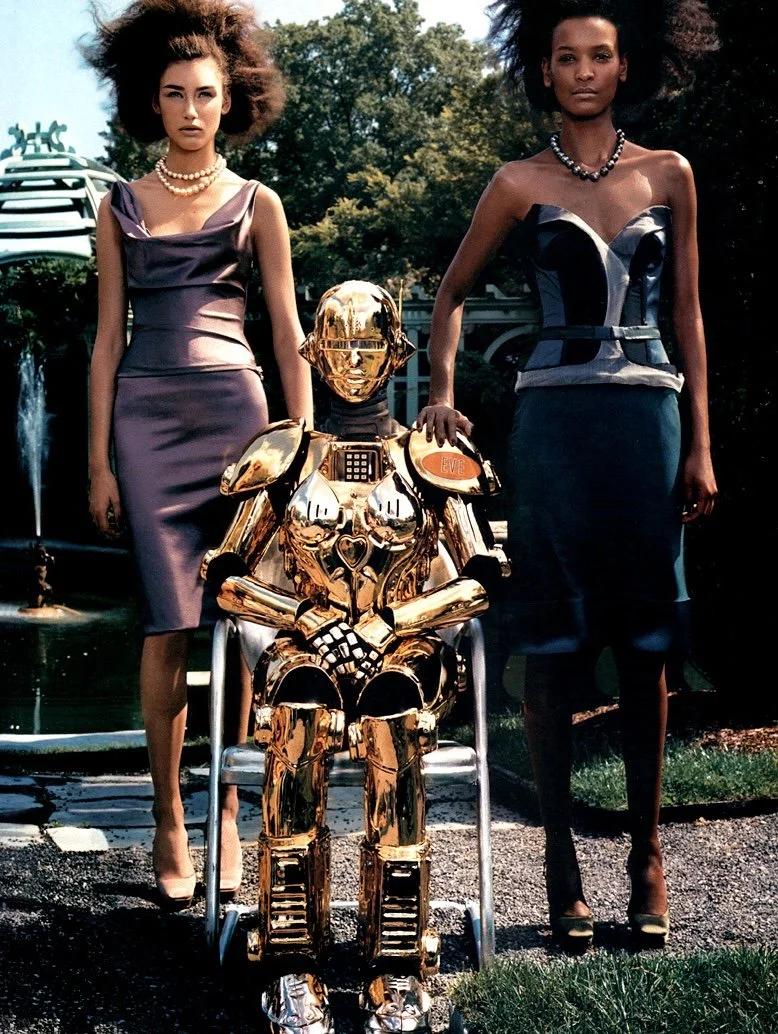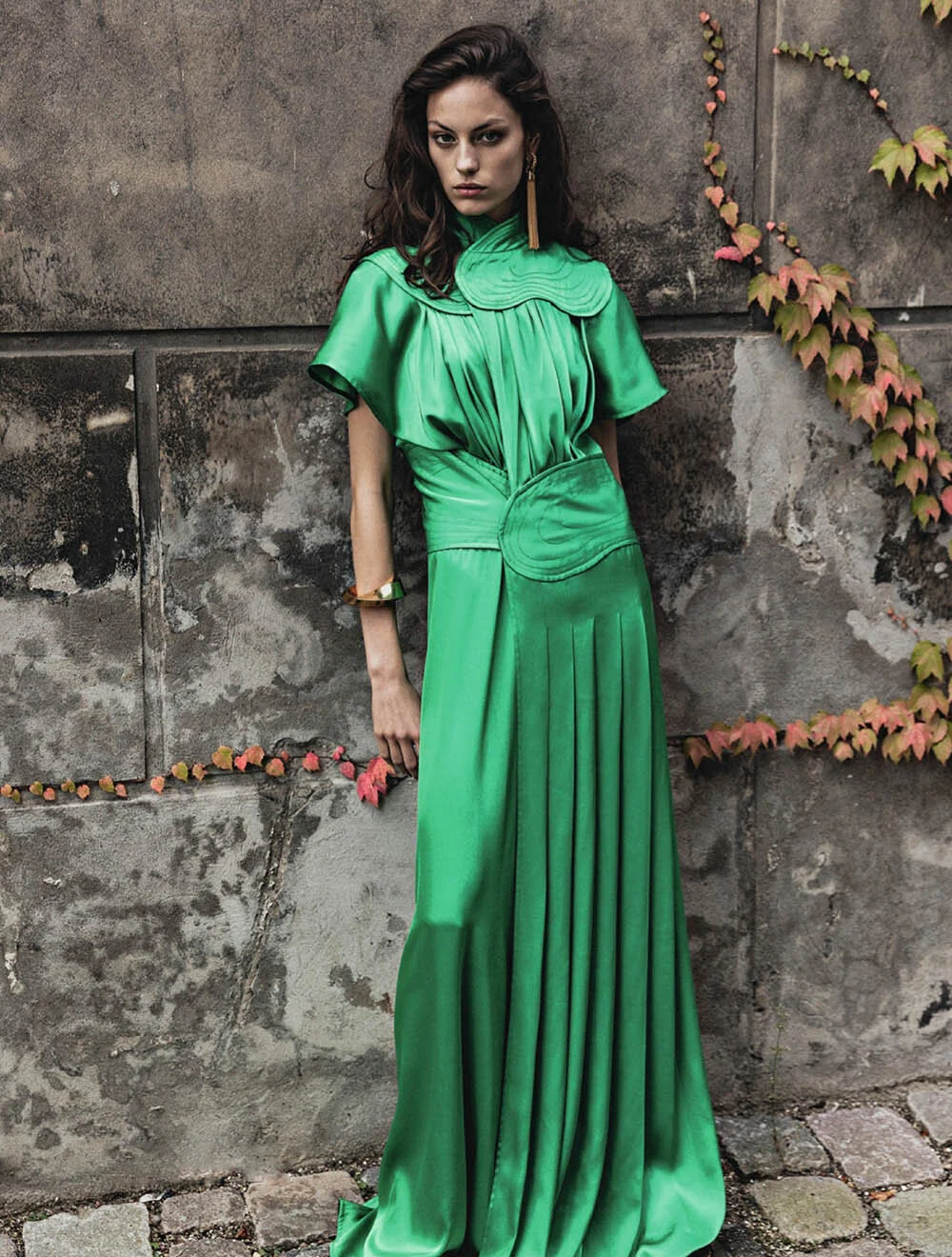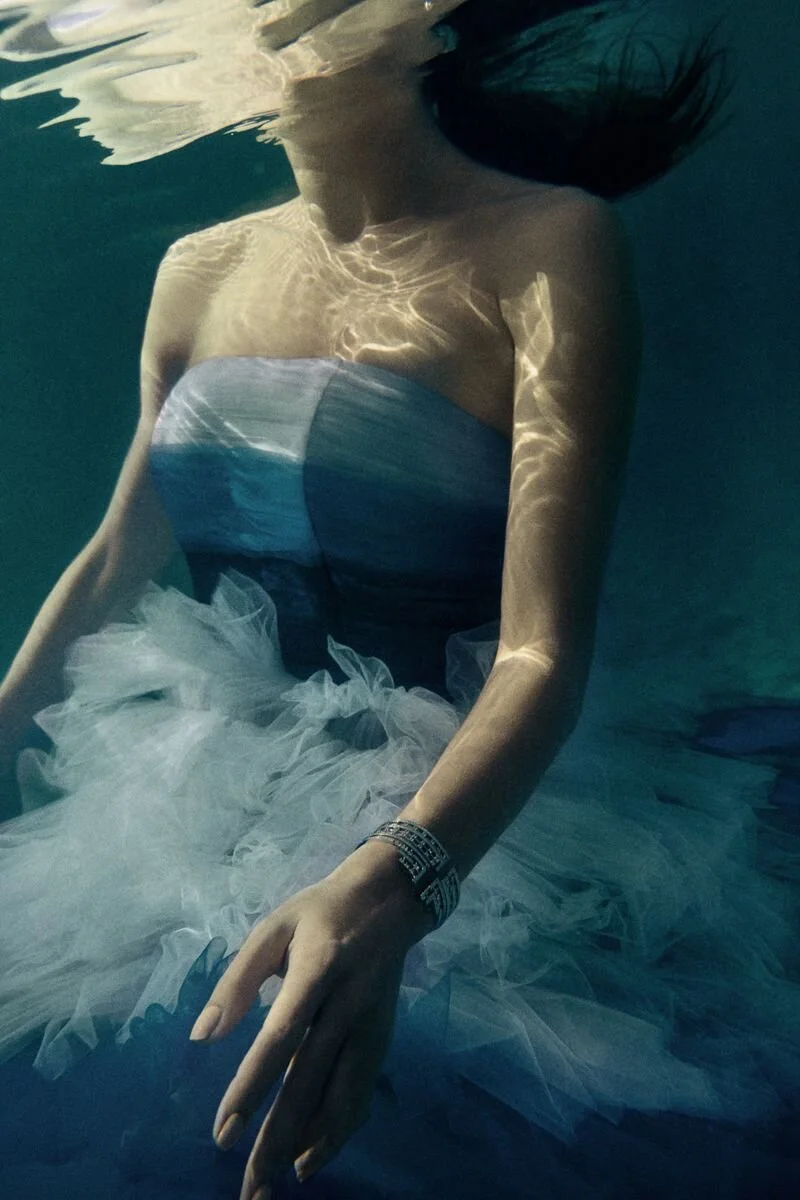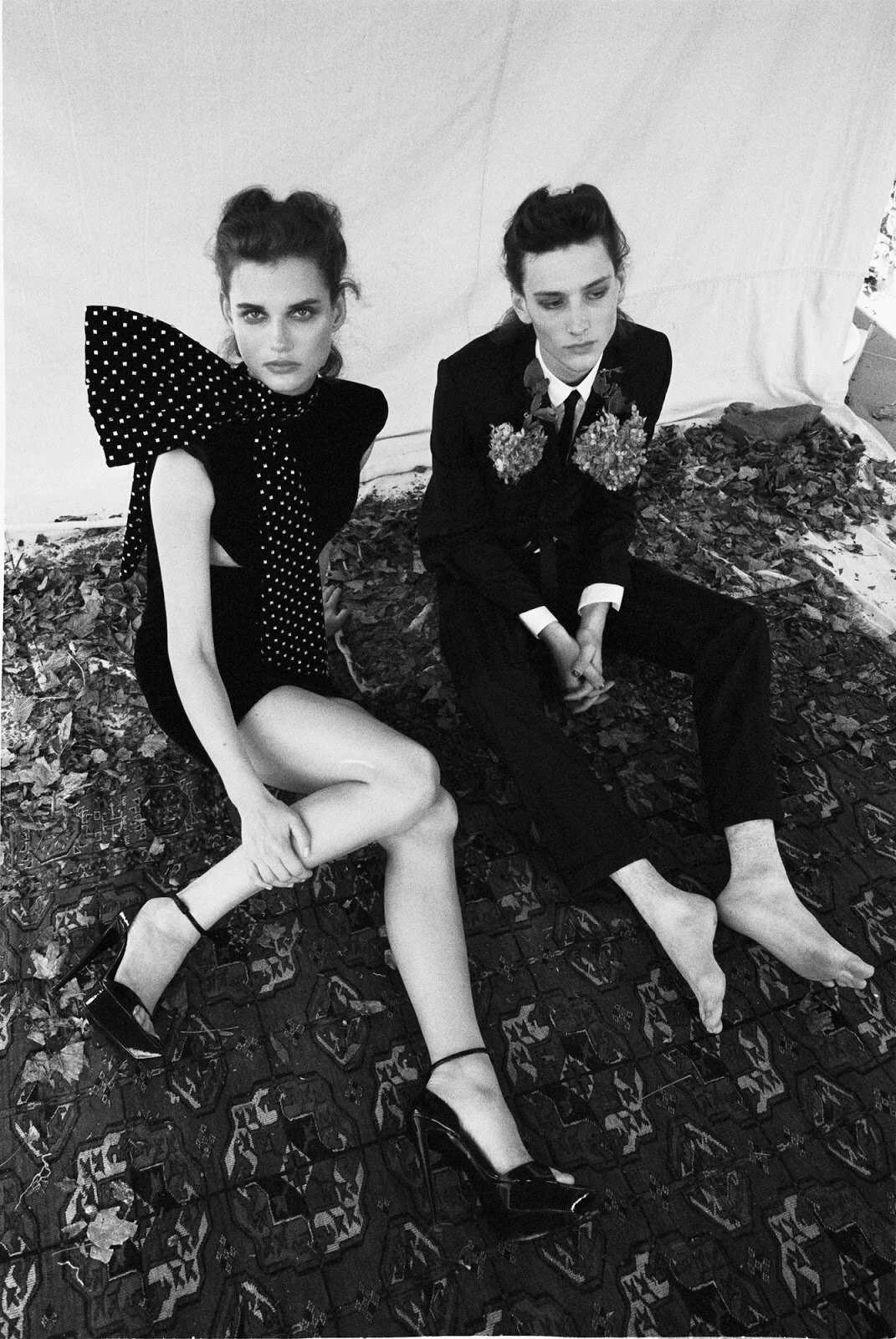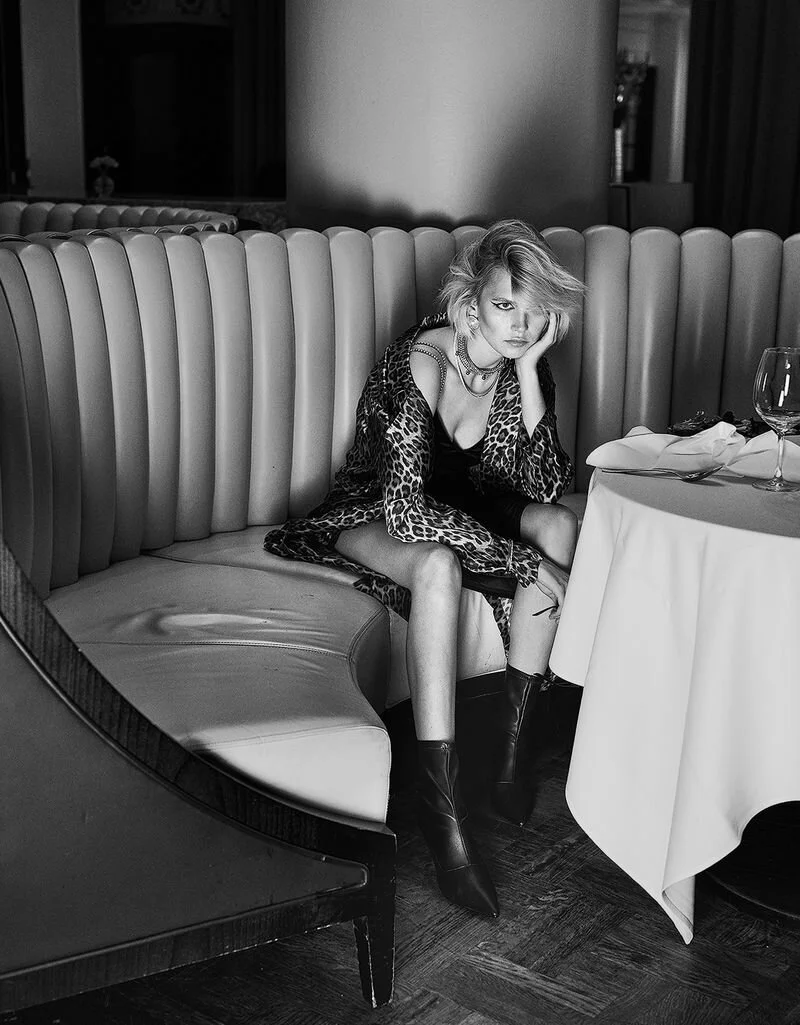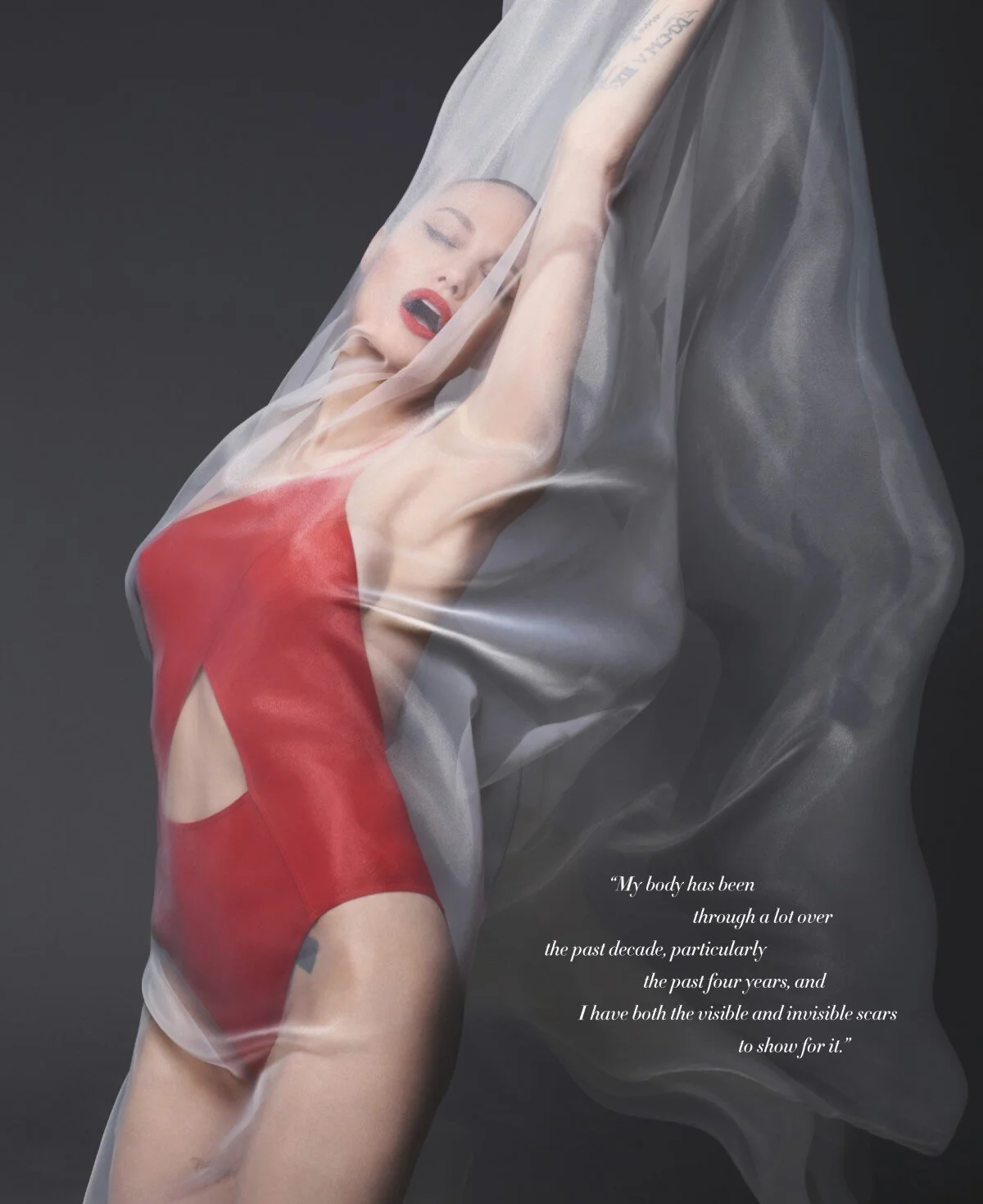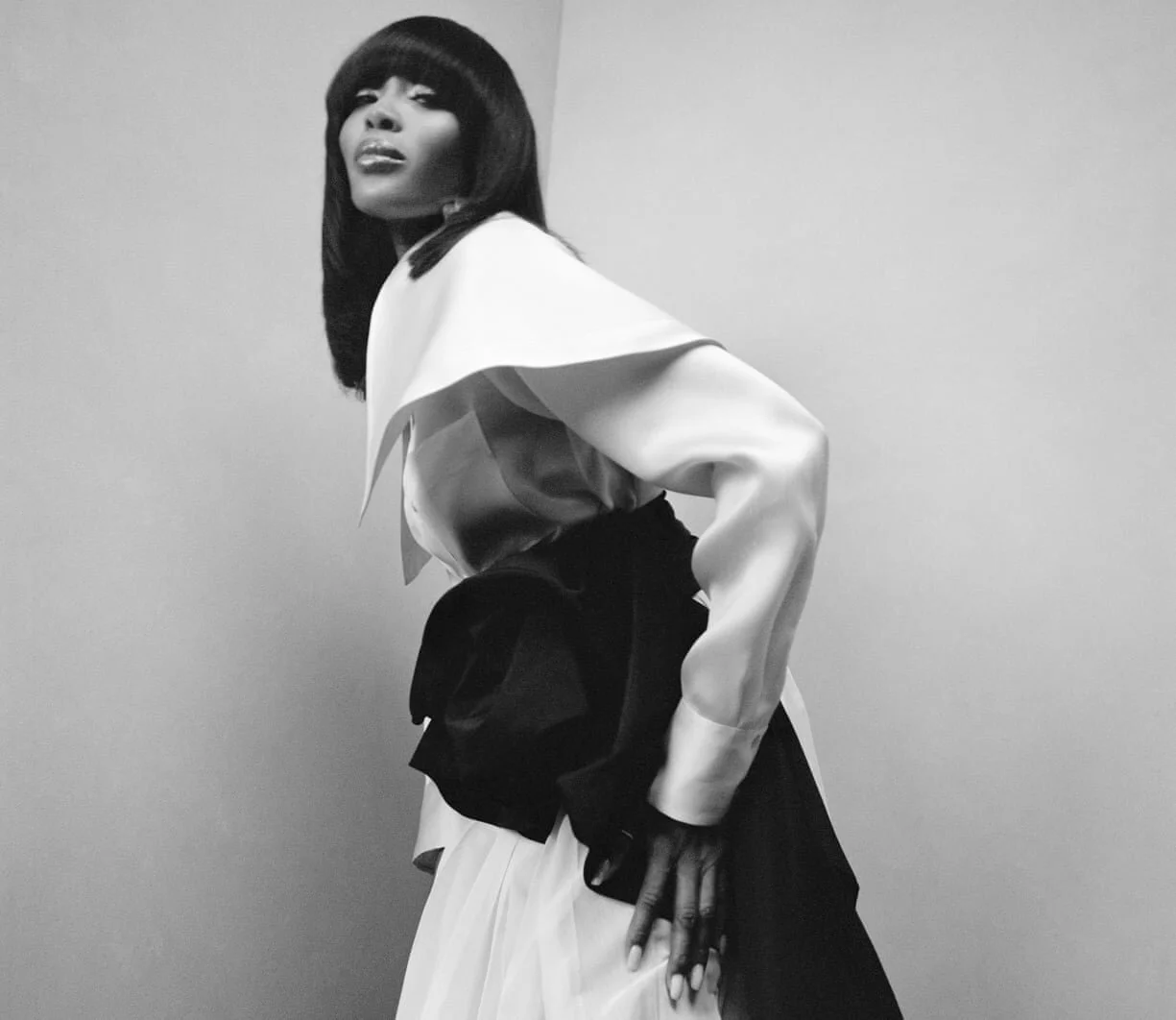Since her 1995 Central Saint Martins graduation show, Stella McCartney’s brand has embodied an urgent desire to end animal cruelty in the fashion industry. Fake furs were mainstream when Stella began her fashion climb, but the only glues available were animal-based. “I imagine Vikings sitting around a pot, boiling down the last bones of the elk that they skinned for the fur,” says McCartney. “And I think, Wow—we’re still there.” Of course, we now also know the toll fake fur takes on the environment.
Her coldly-realistic assessment of fashion’s conscience — or lack of it — inspired Stella McCartney to walk her fashion talk with as few comprises as possible. That decision has positioned her at the pinnacle of intelligent design forces sweeping through the fashion industry, before it is too late to save ourselves, our planet and our children’s futures.
Today McCartney uses renewable energy where it’s available for both her stores and offices. Her commitment to cruelty-free fashion and sustainability is fast becoming the industry norm, influencing product development and sourcing decisions at Armani, Chanel, Gucci, Michael Kors, Prada and more on the topic of fur. “I’m hugely relieved,” says McCartney, “but I’m actually astounded that it’s taken so long.”
Stella sold a non-majority stake in her company to LVMH earlier in 2019, a relationship that puts her in a key advisory role to Chairman Bernard Arnault for the entire LVMH stable of luxury brands.
The designer covers the January 2020 issue of Vogue, lensed by Annie Leibovitz. Stella holds her four children (clockwise in cover from top left), Bailey, Miller, Beckett, and Reileyis. The entire family wears Stella McCartney, styled by Tonne Goodman. Hamish Bowles conducts the interview. Read on at Vogue



